How the London 2012 Paralympic ceremonies were made
- Published
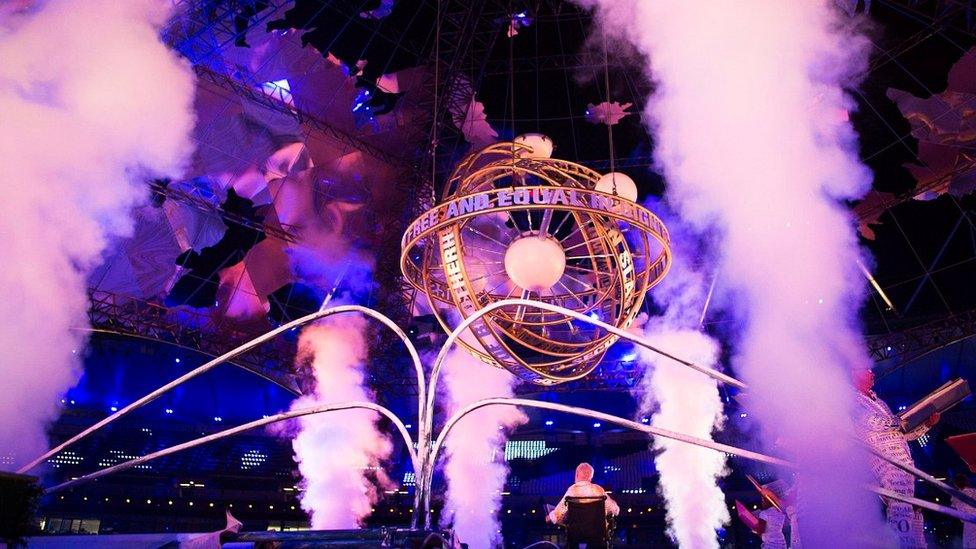
Six years ago spectators, royals and dignitaries descended on the Olympic Stadium in east London for the 2012 Paralympics opening ceremony.
The lavish event on 29 August marked the first time the Paralympics had come back home to Britain.
The forerunner to what became the Paralympics was held in the grounds of Stoke Mandeville Hospital 70 years ago, when injured servicemen and women took part in an archery competition organised to coincide with the 1948 London Olympic Games.
By 2012 the Paralympics had expanded into a much larger event, with 4,237 athletes from 164 countries competing.
The creation of both the opening and closing ceremonies of the games was captured on camera by Ben Delfont while he worked as a senior stage manager on the performances.
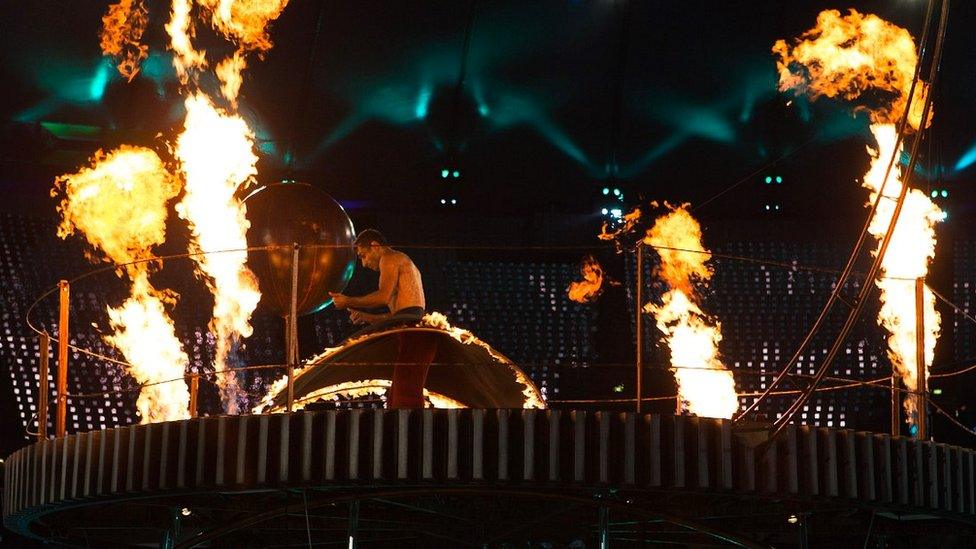
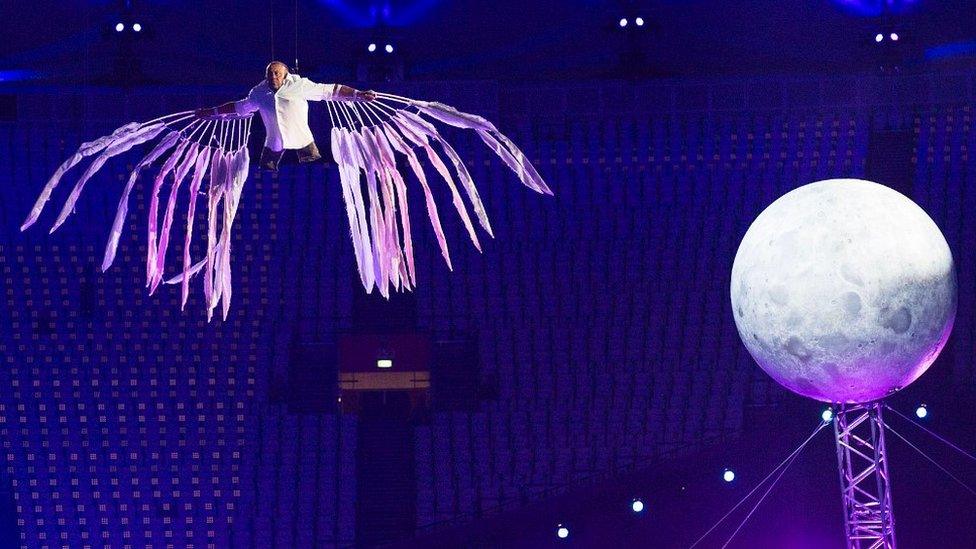
Delfont mostly works on theatre shows in London such as The Ferryman, Mojo and The Inheritance but got involved with the Games having taken part in similar events over previous years.
"I'd worked on the Olympic and Paralympic ceremonies in Athens and Vancouver," he explains.
Rehearsals began in studios in Bow before moving to the huge disused Ford plant in Dagenham.
Some of the performers also honed their performances at an eight-week skills training programme in Hackney.
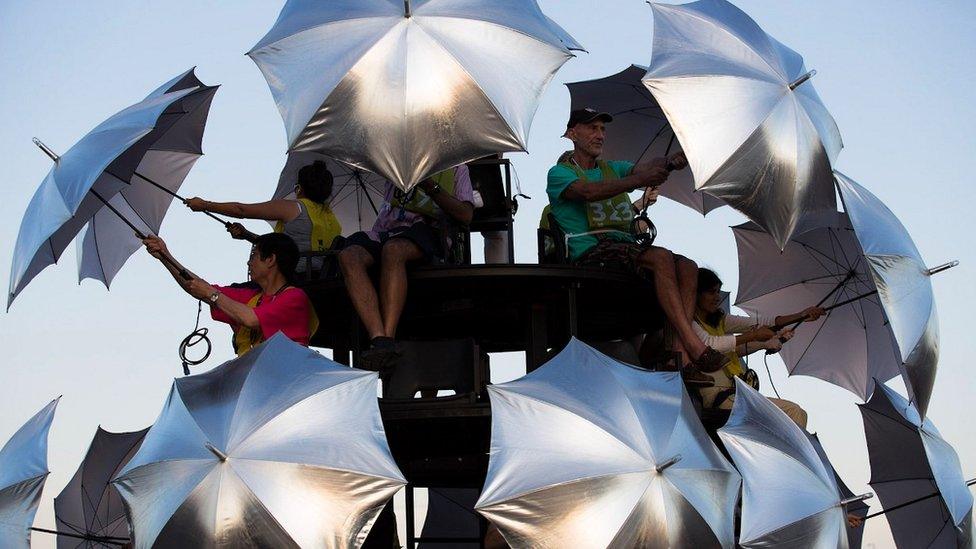
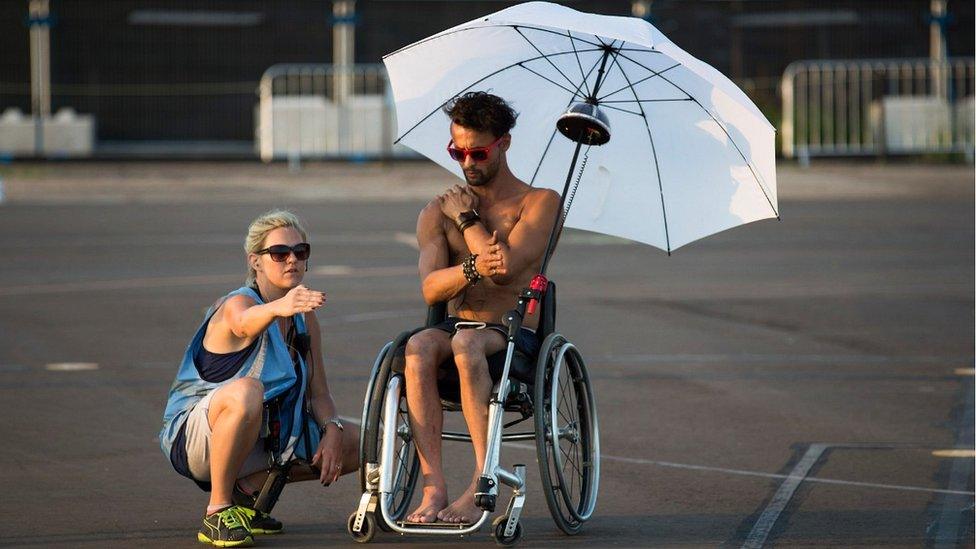
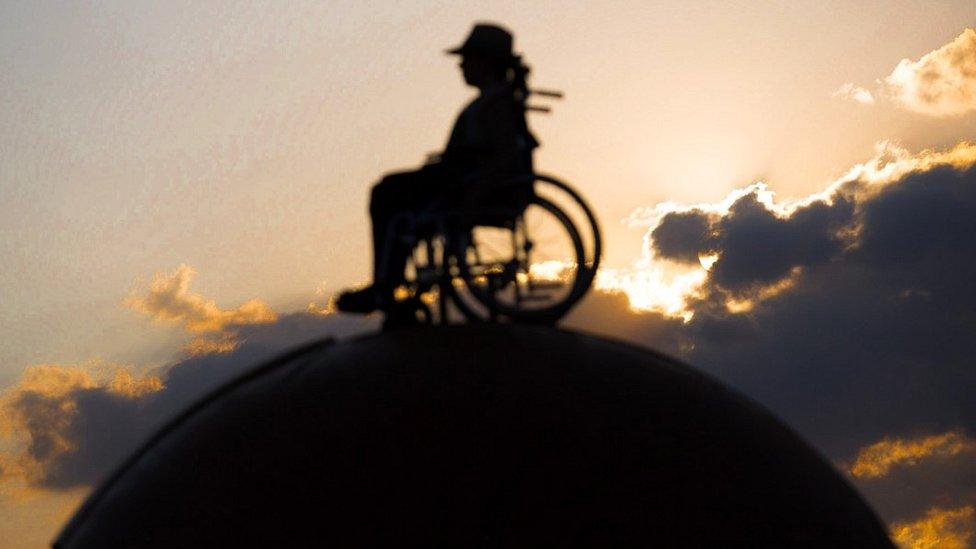
From Dagenham, the huge array of props and vehicles was transported to the Olympic Stadium in Stratford for dress rehearsals.
More than 3,000 adult volunteers and over 100 professional performers, many of whom had disabilities, took part in the opening ceremony that evening.
Delfont describes the process of putting it all together as "a very unifying and wonderful experience".
"The sense of camaraderie and togetherness during that time was amazing," he said.
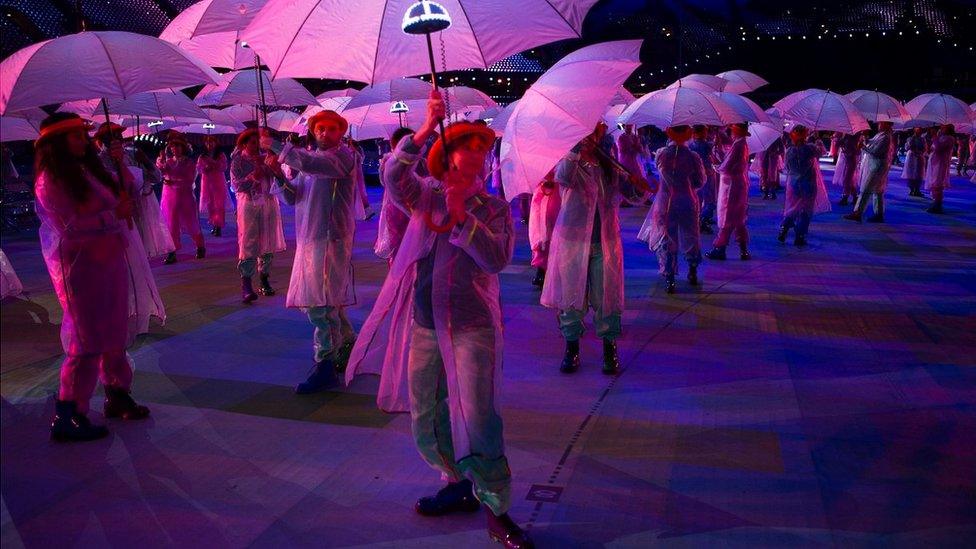
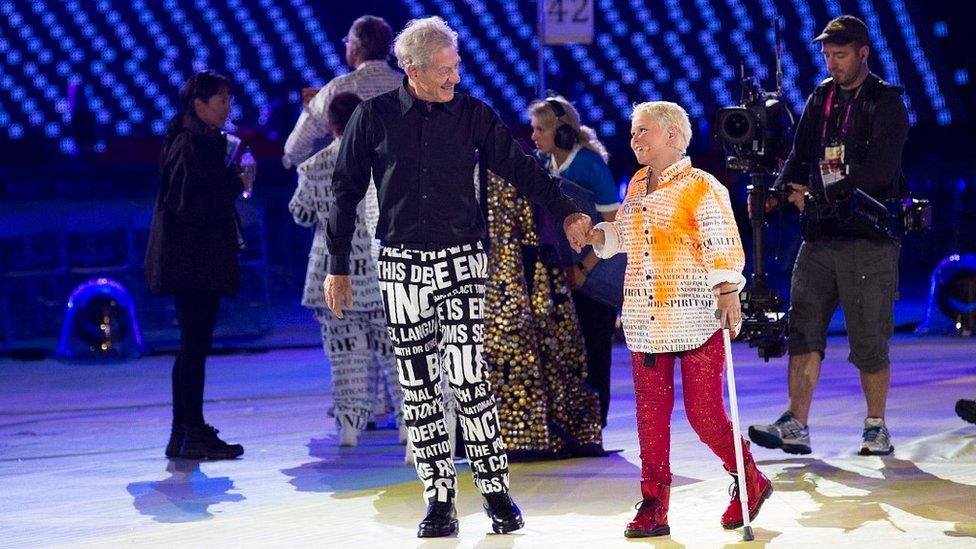
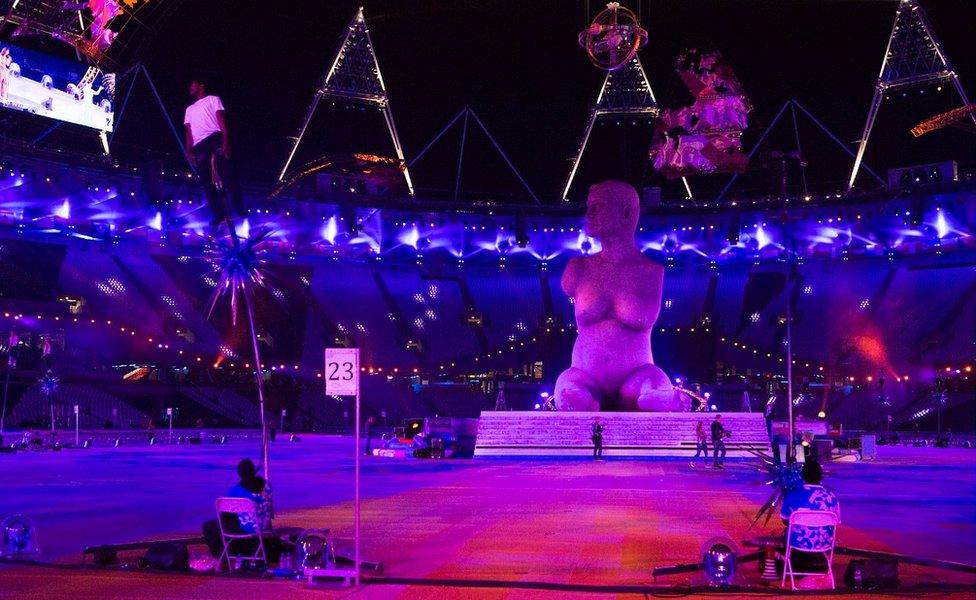
The opening ceremony was entitled Enlightenment and borrowed ideas from William Shakespeare's The Tempest.
Stephen Hawking opened the ceremony with a speech while Sir Ian McKellen also made an appearance. Umbrellas were a central theme.
The event was watched by a crowd of some 80,000 people in the stadium, including the Queen.
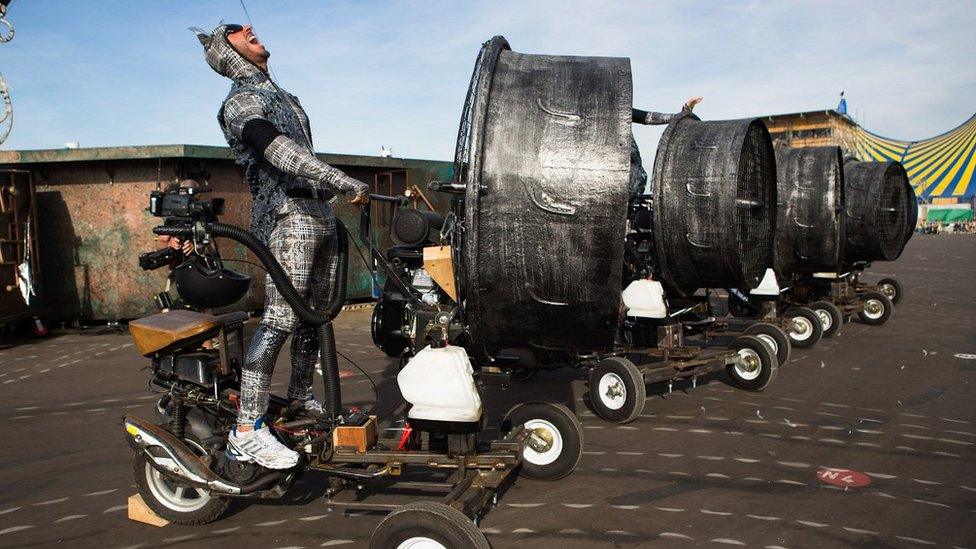
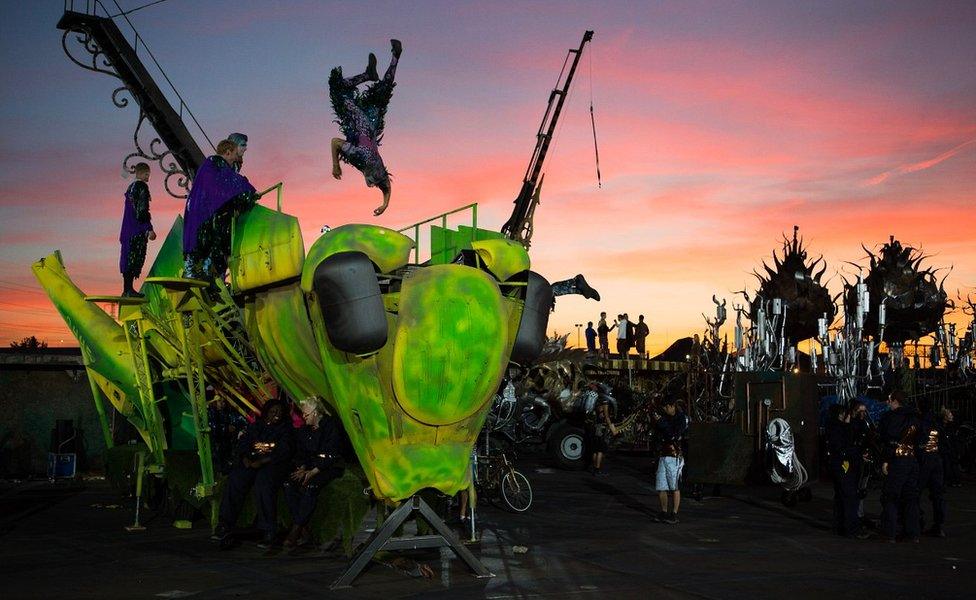
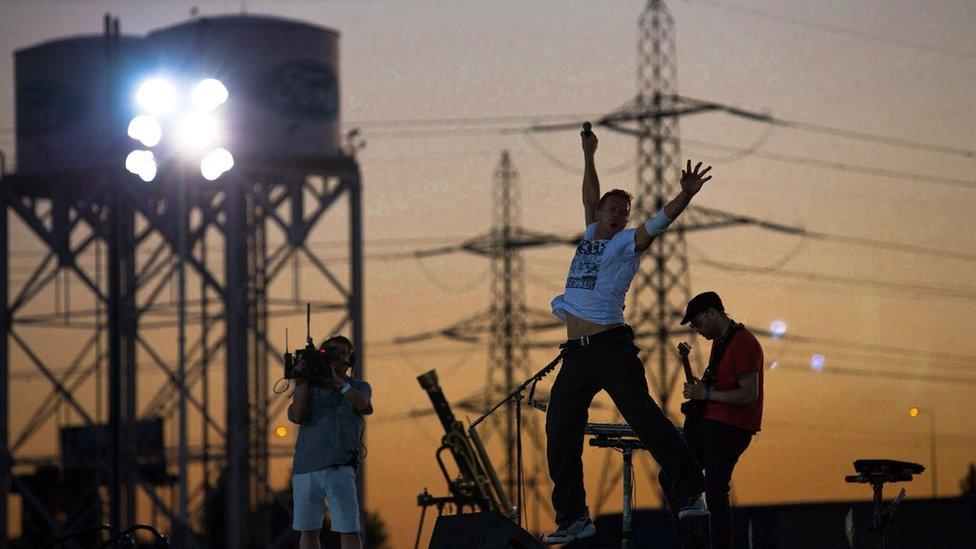
The closing ceremony was a much more fiery affair featuring large amounts of pyrotechnics, "steampunk" vehicles, and Coldplay - a band probably not well known for their fieriness.
About 7.7m people tuned in to see it broadcast on TV in the UK, on Channel 4.
The dramatic images taken by Delfont as he worked on the productions also proved very useful for the organisers of the Games.
"They used them in the VIP areas for the ceremonies themselves," he said.
All images courtesy of Ben Delfont
- Published27 July 2016

- Published10 September 2012
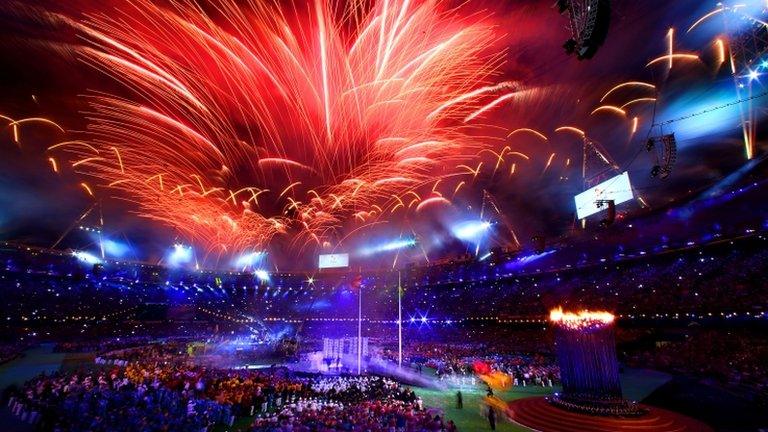
- Published30 August 2012
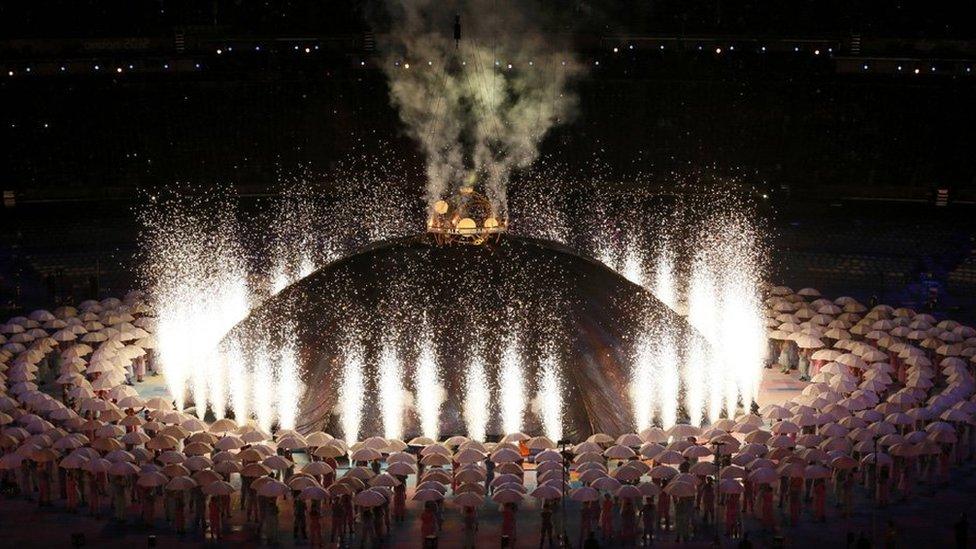
- Published30 August 2012
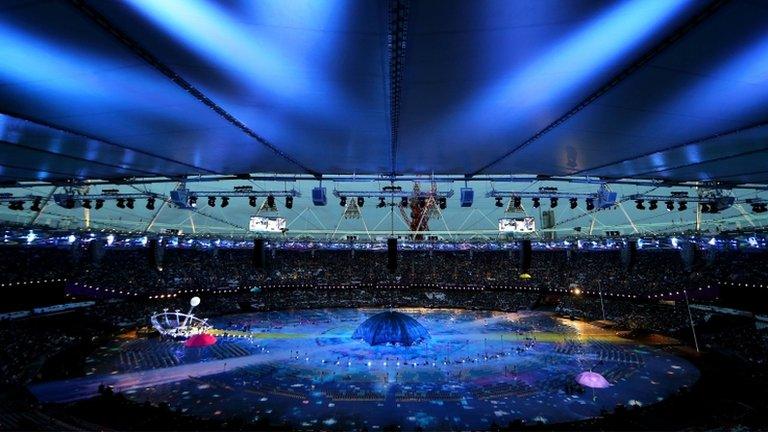
- Published2 May 2012
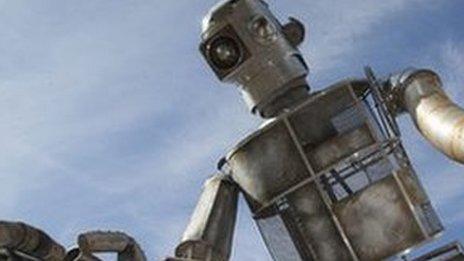
- Published15 September 2011